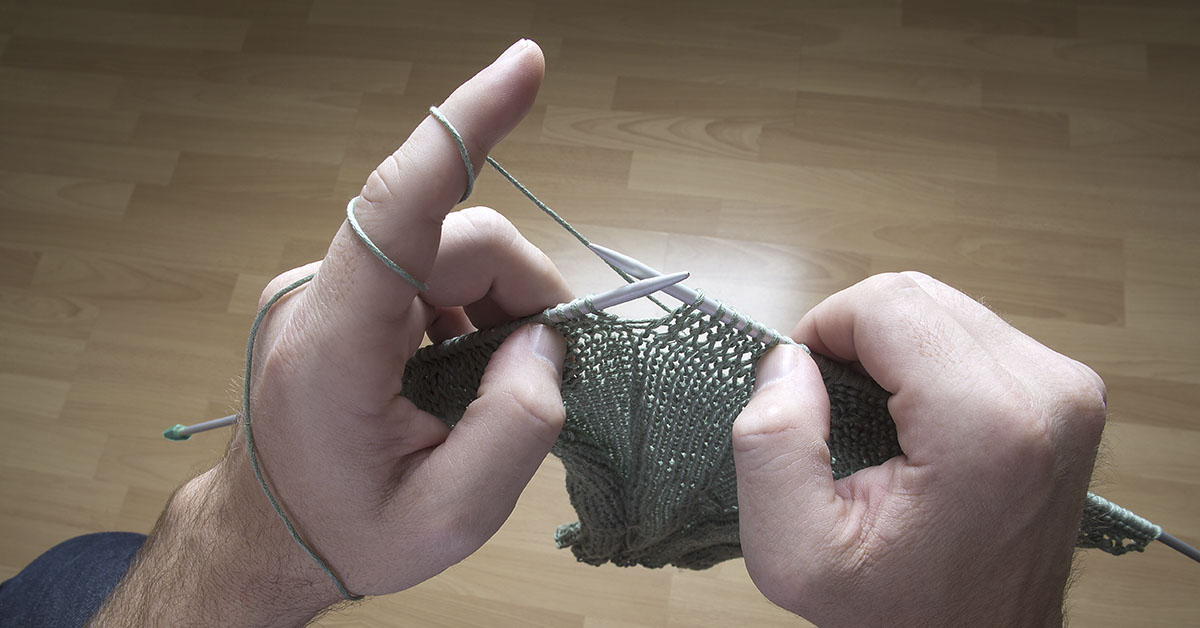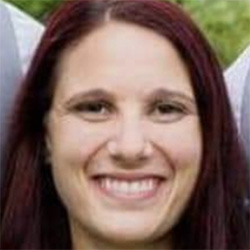Most people have a bucket list and spend their lives checking items off that list. When given bad news people tend to reevaluate their goals, plans, and often take that news as an opportunity to live their final moments to the fullest. However, when David Meyers shared his story with HuffPost, he flipped the script and chose to do things a little differently.
Facing a Major Disease
Meyers was diagnosed with Glioblastoma. An aggressive form of cancer that affects the brain and/or spine. While it can affect people of all ages, it most commonly affects older adults. Symptoms are common for many other ailments so it can be difficult to recognize them in oneself. As a result, it’s absolutely essential to speak with a medical professional about diagnosis and treatment options. Although there are several treatment options, each faces its own challenges because of where the tumor is often located within the body.
Meyers shared his story, with a heartwarming story about a hobby he now shares with his family. He explains that about 20 years ago his wife taught their son how to knit. Abe was 5 years old at the time, and enthusiastic to show his dad the new skills he’d learned. He asked his dad to sit down and walked him through some basic steps he’d learned.
‘“In through the front door, run around back,” he sang as he made the stitch, “peep through the window, and off jumps Jack. Now it’s your turn, Papa,” he said after demonstrating each part of the stitch several times.’ David said of those precious moments 20 years ago. Although David admits his skills were lackluster, he sat with his son and together their whole family bonded over this simplistic hobby for years.
Finding Some Comfort
David shares that after his diagnosis, knitting became more than just a hobby. It was a way to keep his hands busy, and his mind at ease. “As I recovered from brain surgery and went through six weeks of daily radiation, I knit dozens of simple cotton dishcloths for my friends and family to thank them for their support. Each took only a few hours to make, but every stitch made me feel emotionally connected to those who cared for me.”
Being a physician himself, David knew his chances of survival were slim, and he would likely deteriorate very quickly. “When I was first diagnosed, I was given a prognosis of little more than a year to live. After my post-radiation MRI showed that my cancer had not advanced, I felt as if I could exhale for the first time in months. I knew the cancer would still kill me while I was in my 50s, but I began to believe I might live at least a few months longer. I cast on a cream-colored scarf for my mother, which took about a week to knit, and then a colorful shawl for Hannah, which took a bit longer.”
Harsh Realities
Meyers went on to share that his son was the highlight of his life, but he also felt saddened. Saddened by the idea of not being able to see Abe graduate, not being able to attend his wedding, and so many other future moments he would likely miss out on. With David’s remaining life he chose to knit something special for Abe. Children rarely, if ever, forget their parents but David felt this would be a good reminder for Abe. A reminder that even as his father was dying, Abe was still always at the forefront of his mind.
Making a Promise
Shortly after completing chemotherapy, David and his wife Hannah went to a yarn swap at a local brewery. It was here that his whole path would shift gears. “We spent the afternoon drinking craft beer, chatting with other knitters, and admiring works in progress. Near the end of the event, while Hannah was ordering final beers for us, a woman approached our table and started talking with me. She eventually asked me what I would make if I had the beautiful undyed wool, she’d seen me admiring earlier. I told her I dreamed of knitting my son a sweater, but I didn’t think I had enough time left to complete it.” A short while later the woman returned with a heap of yarn. She requested that he promise to try and finish the sweater.
Although he battled himself internally, he did eventually begin to knit Abe’s sweater. As he worked through his project, David also worked through a series of emotions, “I cast on that night, and with every stitch I thought about my time with Abe — receiving knitting lessons from him, listening to him play violin and guitar, sharing a love of Shakespeare, teaching him to drive, saying goodbye after he moved into his dorm room, and hugging him before going into surgery.”
Facing the Truth
David, like so many others in similar situations, received well intended advice from loved ones. Advice to stay strong, be positive, he’ll beat this, and so on. And like many others, he found those “words of encouragement” to be less than comforting. David explained that “Instead, they highlight our culture’s fear of dying and its denial of death.” And continues, “When I was diagnosed, I knew that no amount of strength, positivity or even faith would stop glioblastoma from killing me. The thought of leaving the people I loved left me heartbroken, but I chose to confront my prognosis honestly and openly.”
He shared that he works on the sweater everyday but becomes fatigued very easily. As a result, he doesn’t know if he’ll finish before his passing. However, David does know that if he doesn’t get the chance, Abe will be able to finish the sweater, creating just one more precious memory shared between a father and son.
Sources
- ” I have just months to live. instead of making a bucket list, here’s what I’m doing before I go.” HuffPost. David Meyers. December 23, 2022

